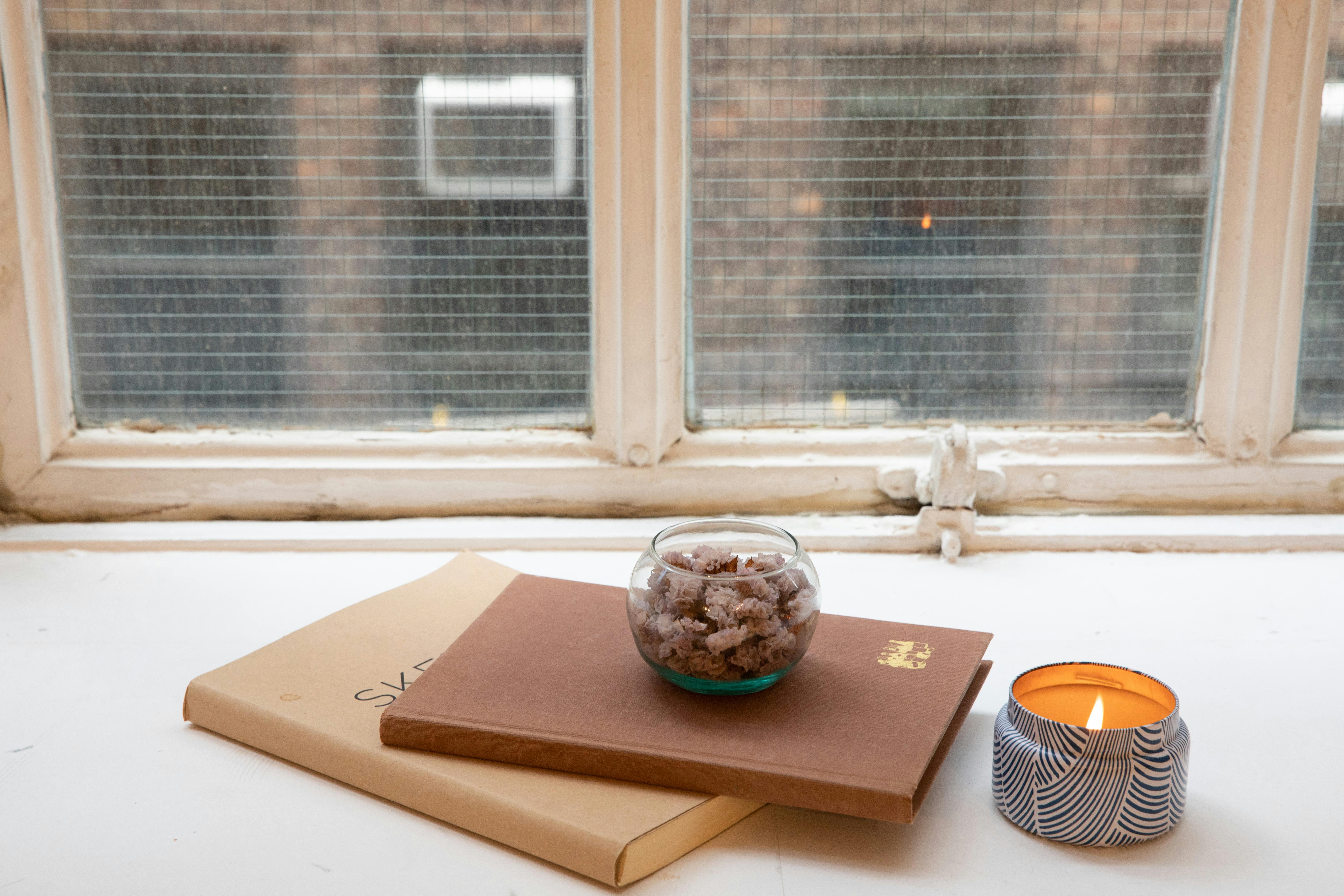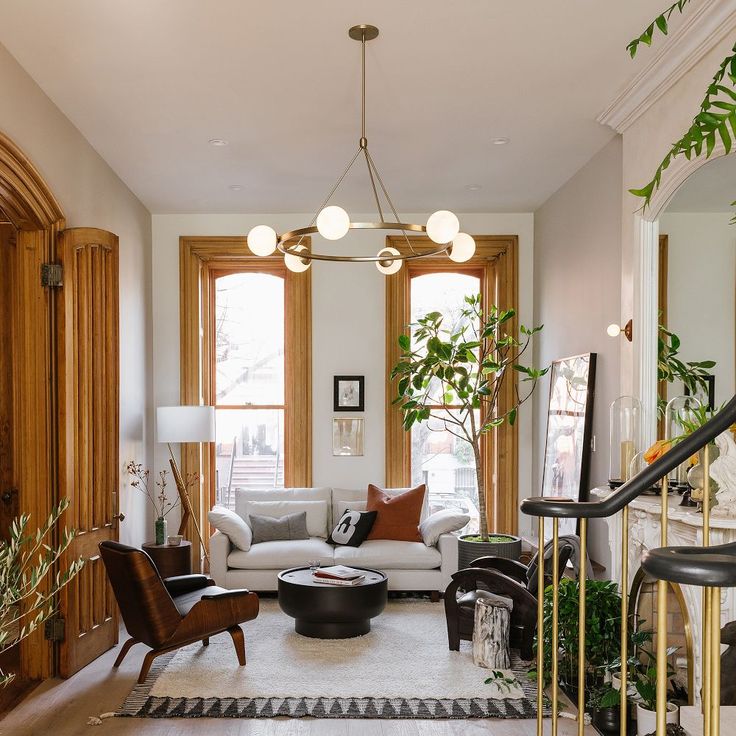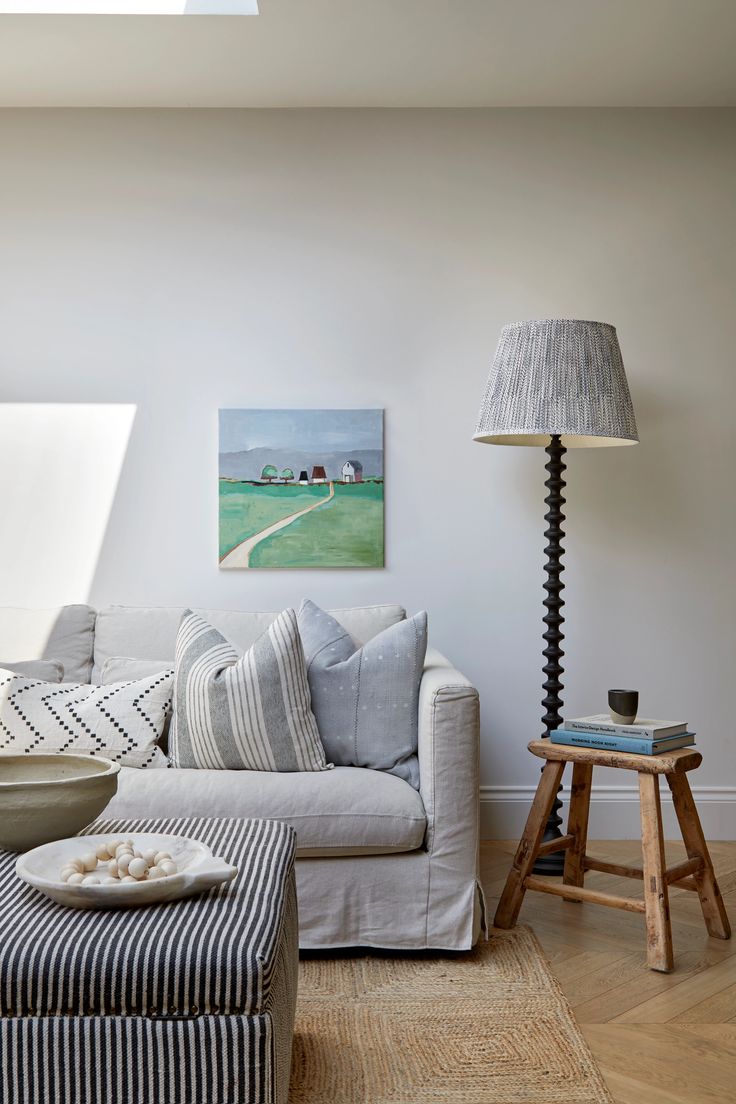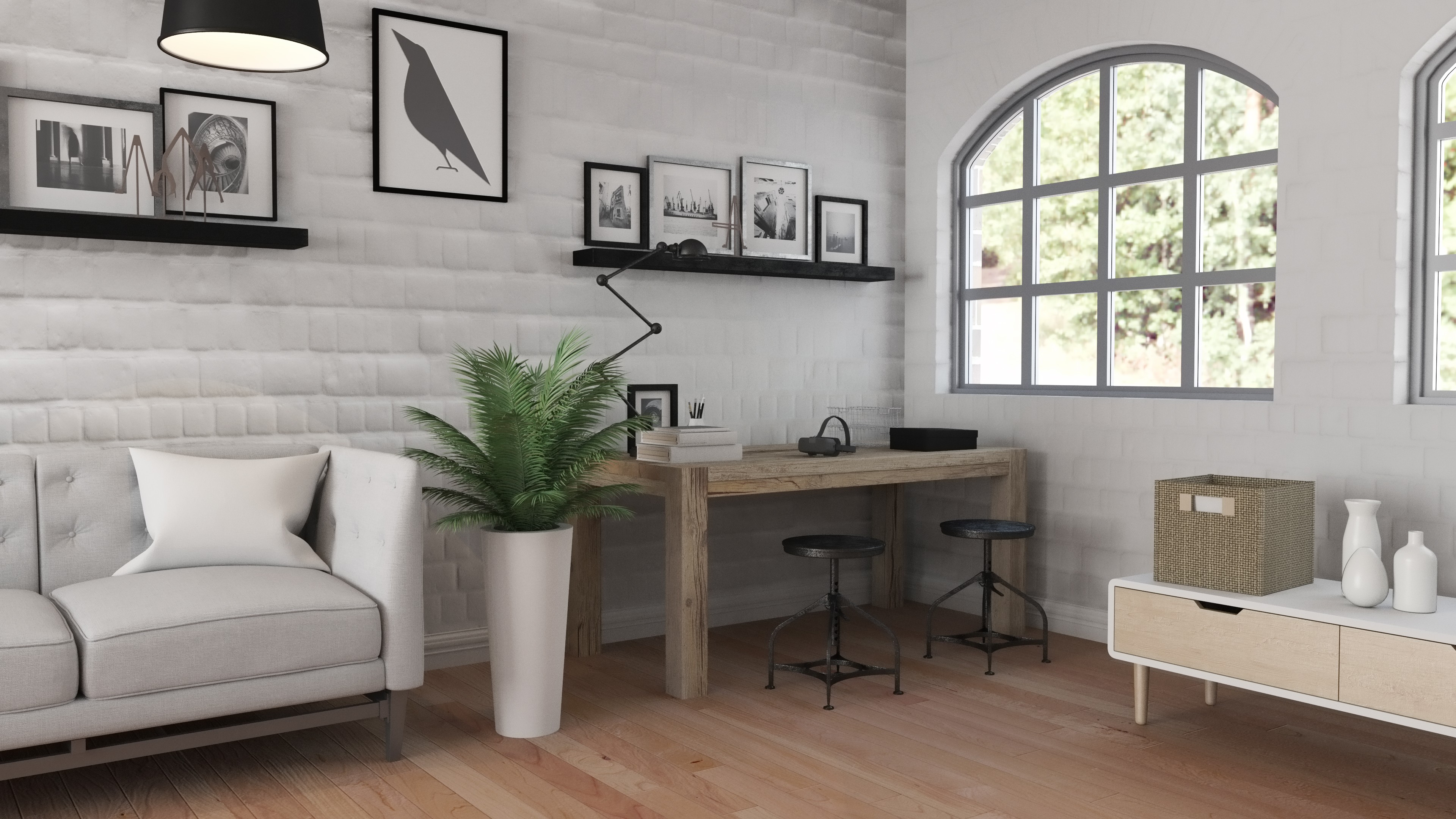December 18,2024
05 min read
The Role of Scent in Interior Design – Creating Ambiance with Aromatherapy
Interior Tips
Interior Guide

By Roxi Zeeman
The Role of Scent in Interior Design – Creating Ambiance with Aromatherapy
Introduction
Imagine stepping into a beautifully designed room that not only delights the eye but also soothes the mind with a carefully curated scent. This subtle yet powerful element of scent in interior design is often underestimated, yet it plays a pivotal role in shaping the ambiance and enhancing the overall experience of a space. As interior design trends evolve in London and Turnbridge Wells for 2025, the integration of aromatherapy into interiors has emerged as a transformative practice.
This blog delves into the significance of scent in modern interior design, providing insights for both enthusiasts and professionals. Expect a comprehensive exploration of:
Key trends in integrating scent into interior design.
Practical advice for creating multisensory environments across different spaces and budgets.
Expert tips on elevating your interiors with aromatherapy.
To explore related insights on design trends and innovations, visit Souq Studio’s blog.
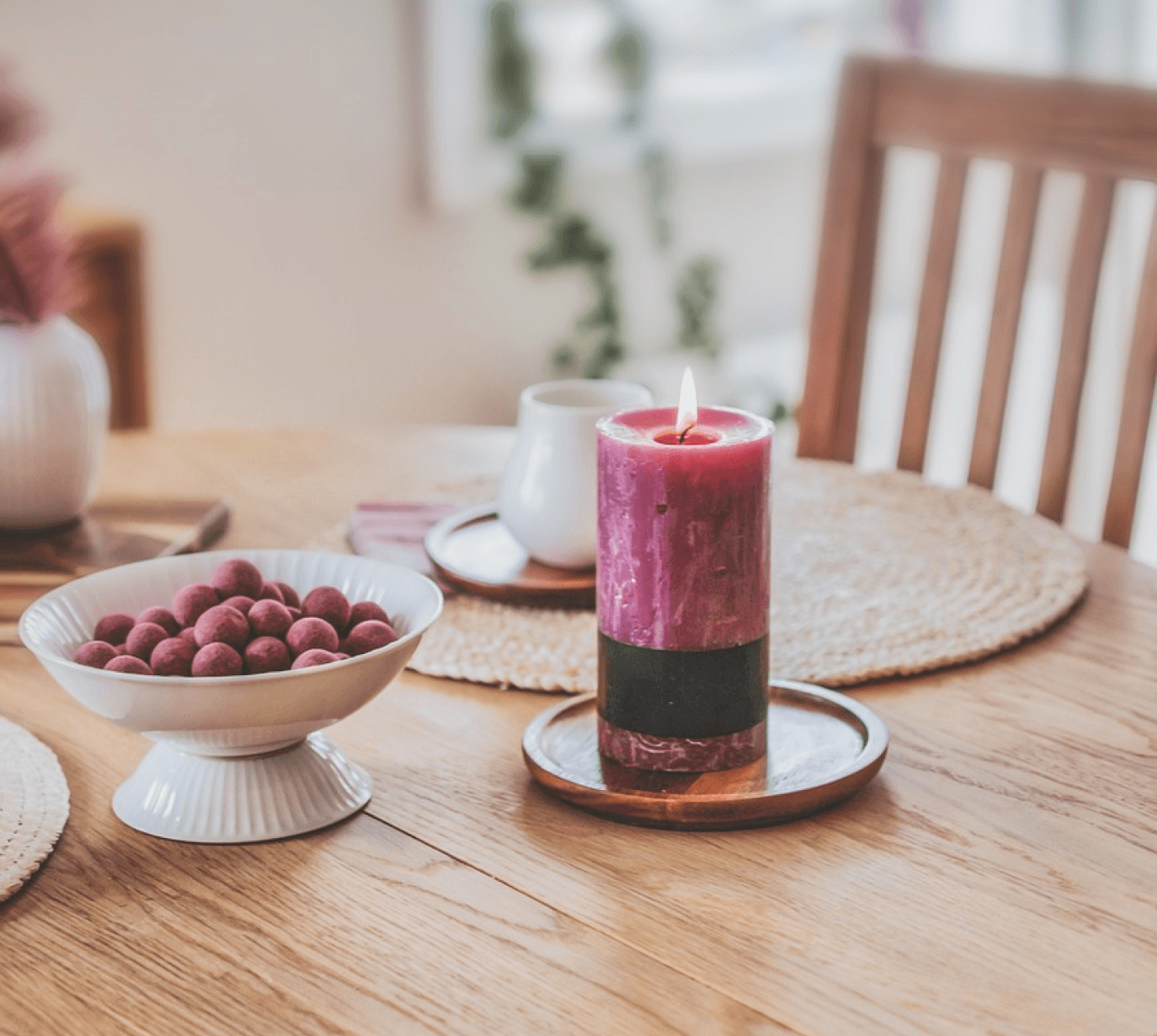
1. Understanding the Power of Scent in Design
Why Scent Matters
Scent holds profound sway over human emotions and behaviours. Studies demonstrate that specific fragrances can:
Alleviate stress and anxiety.
Enhance focus and productivity.
Trigger positive memories and create a sense of nostalgia.
In the realm of interior design, scent contributes to:
Complementing visual aesthetics.
Establishing a welcoming atmosphere.
Defining the unique identity of a space.
The Psychology of Aromatherapy
Aromatherapy employs essential oils to influence mood and well-being. Popular choices include:
Lavender: Renowned for its calming and soothing properties.
Citrus: Energising and uplifting.
Sandalwood: Grounding and comforting.
Practical Tips:
Select scents based on the function of the room. For instance, lavender is ideal for relaxation in bedrooms, while citrus suits home offices for enhanced focus.
Avoid overwhelming fragrances by opting for subtle, layered aromas.
2. Scent Trends in London and Tunbridge Wells for 2025
Trending Scents
With sustainability and wellness at the forefront, the following scents are making waves:
Herbal and Earthy Notes: Aromas such as rosemary, sage, and cedarwood.
Floral Blends: Luxurious options like jasmine, rose, and ylang-ylang.
Custom Blends: Personalised fragrance profiles tailored to individual preferences.
Integration Methods
Diffusers: Elegant devices that blend seamlessly into contemporary interiors.
Scented Candles: Functional and decorative elements.
Natural Accents: Potpourri and dried herbs for an organic touch.
Expert Quote:
“The essence of using scent in design lies in subtlety. A thoughtfully chosen fragrance should enhance the atmosphere without dominating it.” – Jane Doe, Interior Designer, London.
3. Creating a Multisensory Experience
The Art of Engaging the Senses
A truly captivating space appeals to multiple senses. Here’s how to integrate scent with other design elements:
Visual: Align scents with colour schemes. For example, use warm, spicy fragrances in rooms with earthy tones.
Tactile: Combine soft textures such as throws and cushions with comforting scents.
Auditory: Pair calming fragrances with ambient background music.
Practical Tips:
Adjust scents seasonally to match décor changes. Opt for cinnamon and pine in winter, and floral or citrus notes in summer.
Employ scent zoning to distinguish spaces. For instance, invigorating eucalyptus in bathrooms and cosy vanilla in living areas.
4. Scent and Sustainability
Eco-Friendly Choices
Sustainability is a priority for many interior design studios in London and Tunbridge Wells. Consider:
Soy Candles: Renewable and clean-burning options.
Essential Oils: Organic and ethically sourced.
Natural Diffusers: Wooden sticks or ceramic options.
Why It Matters
Eco-conscious scent solutions not only minimise environmental impact but also align with the increasing demand for sustainable design practices.
5. Scent for Small Spaces
Challenges:
Limited ventilation can amplify fragrances.
Space constraints restrict placement of scented elements.
Solutions:
Choose compact diffusers or plug-in devices.
Opt for lighter scents such as green tea or bergamot.
Rotate fragrances to prevent sensory fatigue.
Fun Fact:
Did you know? Lemon-scented environments are perceived as larger and cleaner.
6. Budget-Friendly Aromatherapy
Creating a scented interior doesn’t require a hefty budget. Consider these cost-effective ideas:
DIY potpourri using dried flowers and essential oils.
Repurpose glass jars as candle holders.
Introduce naturally scented plants like lavender or eucalyptus.
Actionable Advice:
Visit local markets in Tunbridge Wells for artisanal scented products.
Experiment with homemade sprays using distilled water and essential oils.
7. The Role of Technology in Scent Design
Innovations in smart scent diffusers are revolutionising interior spaces. Features include:
Programmable timers.
Adjustable fragrance intensity.
App-controlled customisation.
These advancements are particularly appealing to modern interior design studios in London, where cutting-edge solutions are in high demand.
8. Scent in Commercial Spaces
Benefits:
Enhances the customer experience in retail environments.
Creates memorable branding for hospitality settings.
Tips:
Develop a signature scent to reinforce brand identity.
Ensure fragrances are hypoallergenic to cater to all visitors.
9. Scent and Wellness-Centred Design
Wellness-focused interiors prioritise relaxation and mindfulness. Scent plays a pivotal role by:
Promoting restful sleep in bedrooms.
Reducing stress in meditation spaces.
Enhancing concentration in home offices.
10. Future Trends in Scent Design
Predictions for 2025:
Hyper-Personalisation: Bespoke fragrance profiles tailored to individual preferences.
AI Integration: Smart systems that adapt scents based on time or mood.
Scented Textiles: Infused fabrics for subtle, enduring fragrances.

FAQs:
1. How can I use scent in a small apartment?
Compact diffusers, light fragrances, and natural elements like plants work well in limited spaces.
2. Are there hypoallergenic scent options?
Yes, opt for unscented or hypoallergenic essential oils.
3. What are the best scents for a home office?
Citrus and peppermint are excellent for boosting focus and energy.
4. How can I create a cohesive scent experience throughout my home?
Use complementary scents and transition smoothly between spaces.
5. Can scent be incorporated into rented spaces?
Yes, use portable diffusers or non-permanent options like candles and sprays.
6. What’s the best way to layer scents?
Start with a base scent and add accents with candles or sprays.
7. How often should I change the scent in a room?
Seasonally or when the fragrance becomes faint.
8. Are natural scents better than synthetic ones?
Natural scents are eco-friendly and less likely to cause allergies.
Conclusion
Scent is an invisible yet indispensable aspect of interior design. By thoughtfully integrating aromatherapy, you can create spaces that are not only visually stunning but also emotionally resonant. Whether you are a homeowner or an interior designer in London or Tunbridge Wells, embracing this trend can elevate your interiors to new heights of sophistication.
For further inspiration and insights, visit Souq Studio’s blog to explore an array of creative ideas and expert advice. Additionally, discover more professional guidance on bespoke interiors at Souq Studio’s blog
